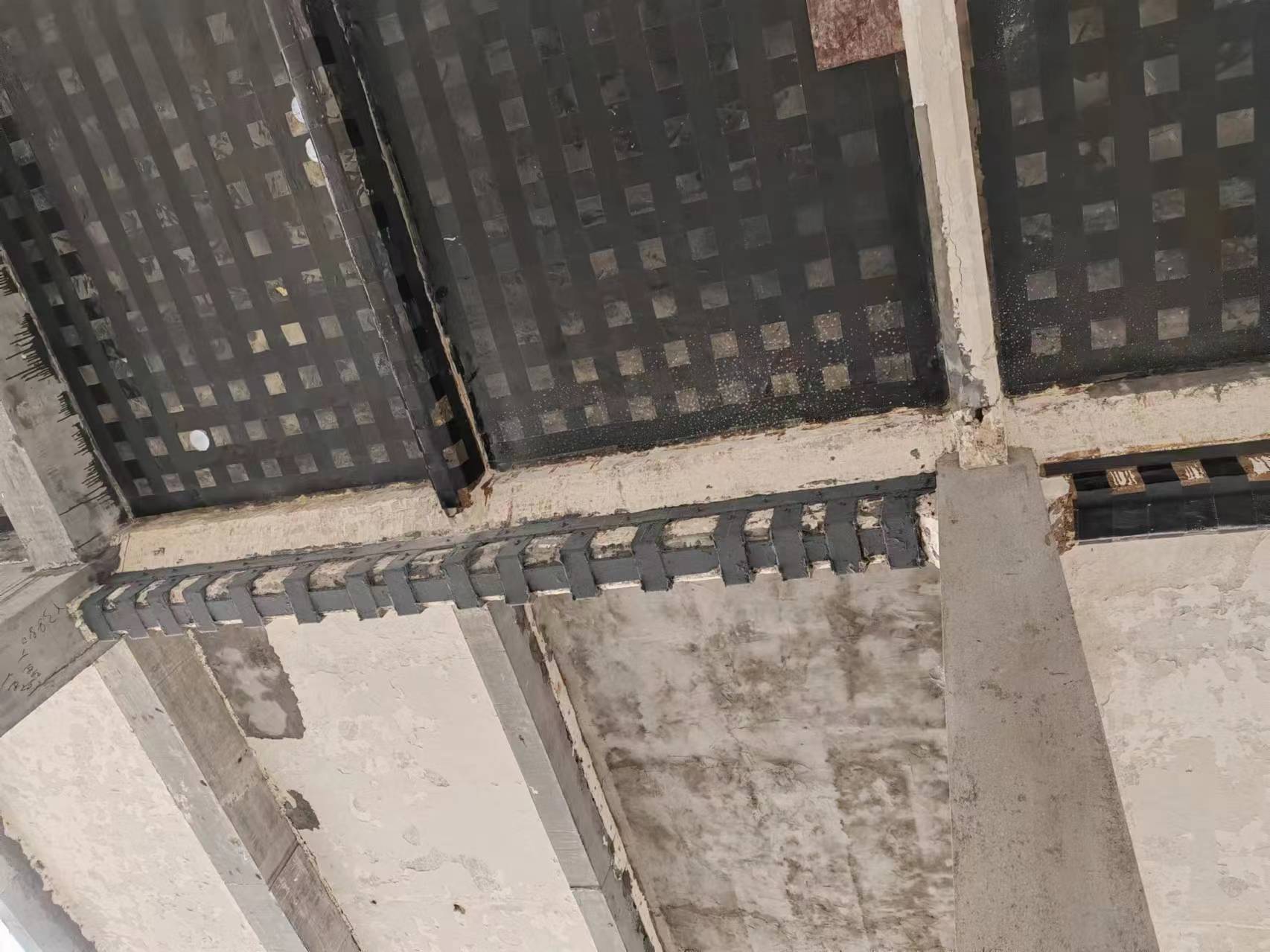Seismic Reinforcement
Carbon Fiber Sheet
In geographical environments with multiple mountains and seismic zones, carbon fiber reinforcement technology can effectively improve the seismic performance of building structures.

In geographical environments with multiple mountains and seismic zones, carbon fiber reinforcement technology can effectively improve the seismic performance of building structures. By pasting carbon fiber sheet or plate onto the surface of buildings, a flexible constraint layer can be formed, significantly improving structural ductility and reducing seismic energy transfer efficiency.
This project belongs to the middle section of the earthquake zone, with a regional peak ground acceleration of 0.15g. There are currently a large number of brick and concrete structures built in the 20th century in the county, with common problems such as wall cracking and missing ring beams. According to data from the County Housing and Urban Rural Development Bureau in 2021, 37% of the old buildings in the county require reinforcement and renovation. Carbon fiber reinforcement technology has become the preferred solution for local building reinforcement due to its convenient construction and non-destructive characteristics. A typical engineering case includes the reinforcement project of a cultural center, where the seismic resistance level of the structure was increased to 8 degrees after being reinforced with carbon fiber sheet.
This project has formed a unique construction system in the field of carbon fiber reinforcement:
① Using 3D laser scanning technology for structural disease detection, with an accuracy of ± 1mm;
② Specialized epoxy resin adhesive reduces curing time;
③ Innovate the construction method of "segmented anchoring+overall tensioning" to effectively solve the limitations of construction environment in mountainous areas.
The project also establishes a digital management system for carbon fiber reinforcement engineering, covering three stages: material traceability, construction monitoring, and post maintenance. Each roll of carbon fiber sheet is equipped with a QR code identification to record production batch, mechanical parameters, and other information. By implanting fiber optic sensors, real-time monitoring of structural stress changes can be achieved. According to data from the county quality supervision station, projects using this system can reduce maintenance costs by 35% within 5 years. Simultaneously implementing a carbon fiber waste recycling plan and collaborating with universities to develop recycling technologies, achieving a material recycling rate of 82%